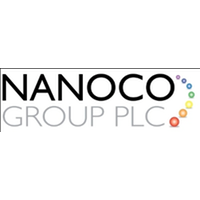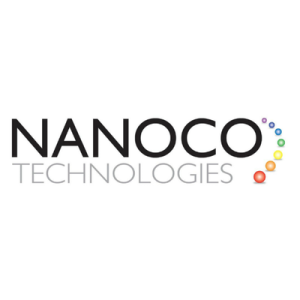Quantum dots have been studied and developed as light sources since the 1990s, because of their high colour tunability and colour purity. Due to their unique optoelectronic properties, they show excellent colour performance in both wide colour controllability and high colour rendering capability.
The Cambridge researchers developed an architecture for next-generation smart white lighting based on quantum-dot light-emitting diodes (QD-LED). The QD-LED system uses multiple primary colours – beyond the commonly used red, green and blue – to more accurately mimic white light.
By choosing quantum dots of a specific size – between three and 30 nanometres in diameter – the researchers were able to overcome some of the practical limitations of LEDs and achieve the emission wavelengths they needed to test their predictions.
Nanoco Group PLC (LON:NANO) leads the world in the research, development and large-scale manufacture of heavy metal-free nanomaterials for use in displays, lighting, vertical farming, solar energy and bio-imaging.


